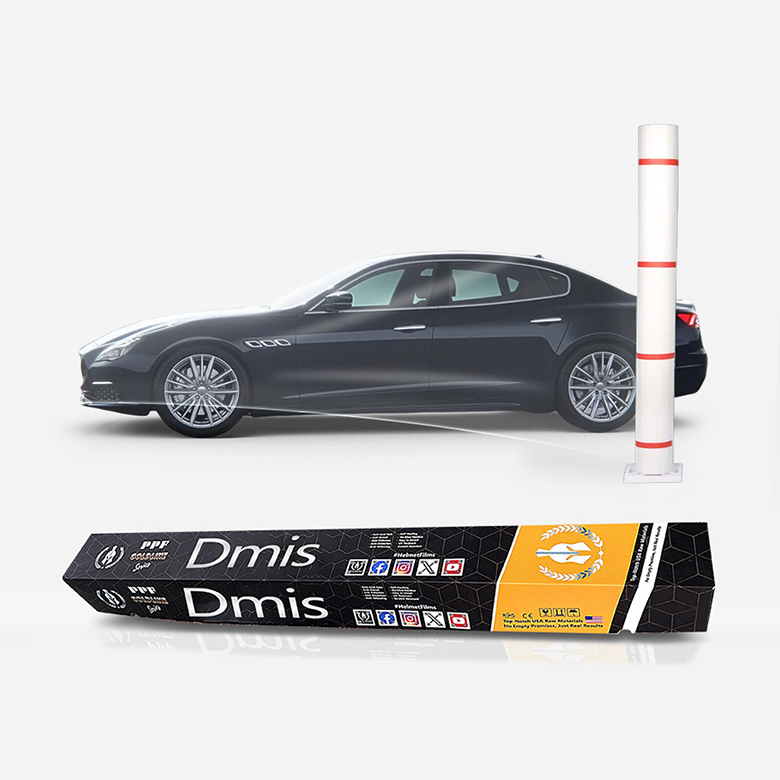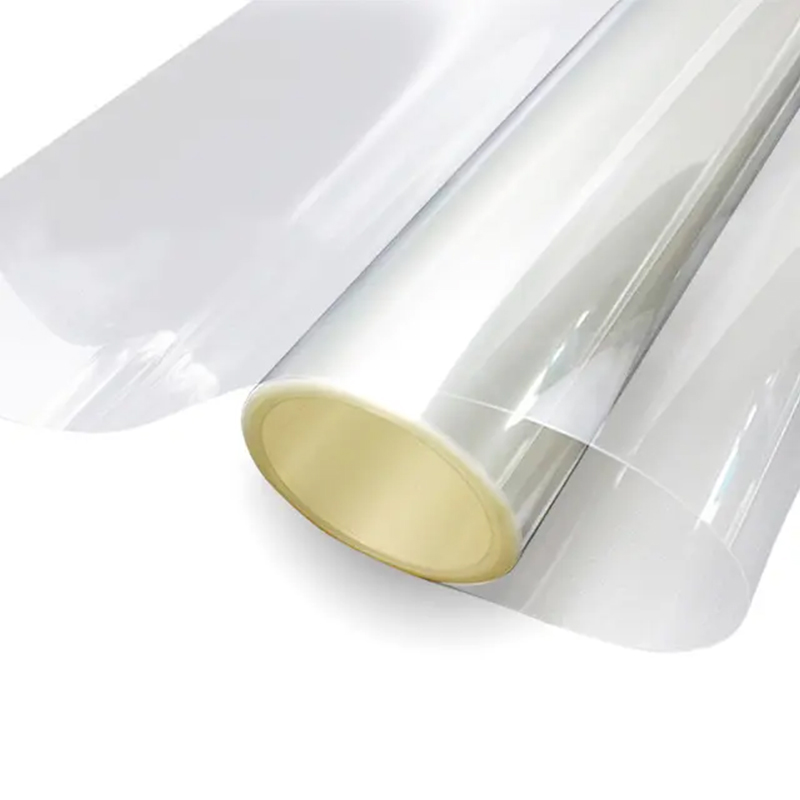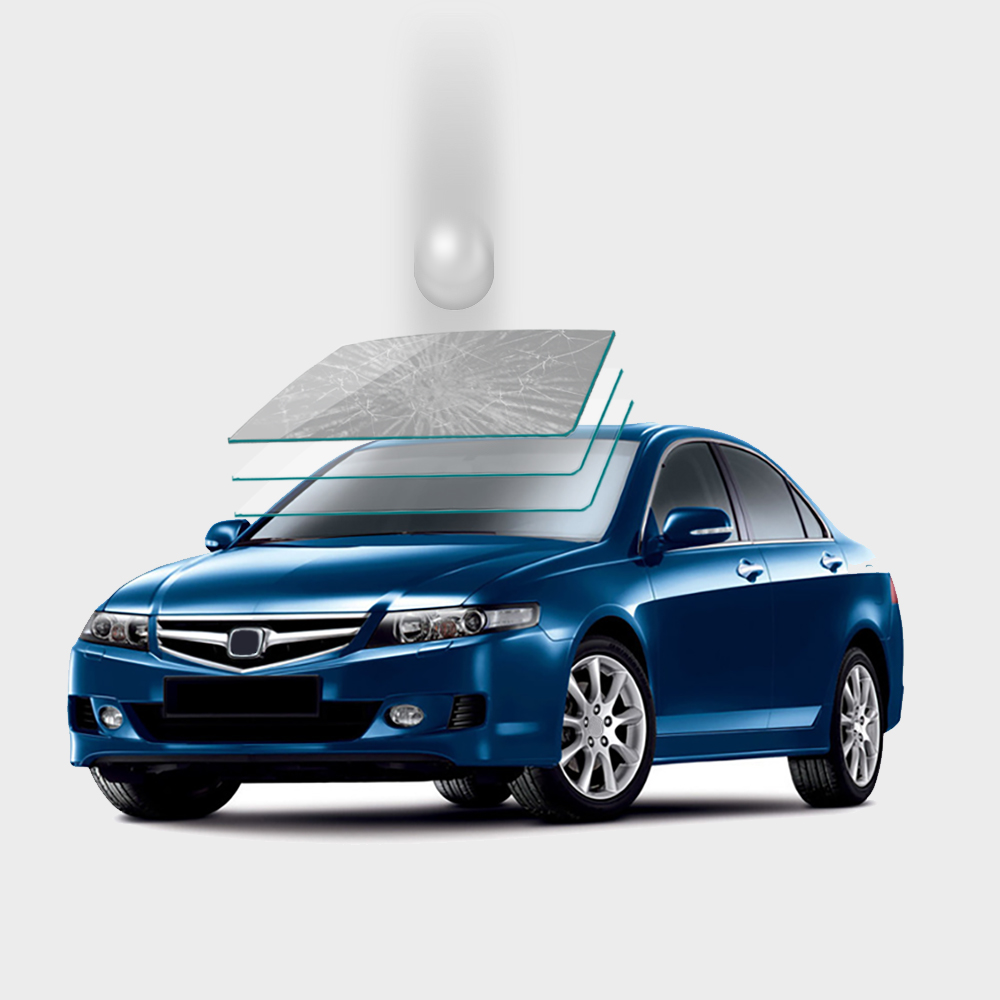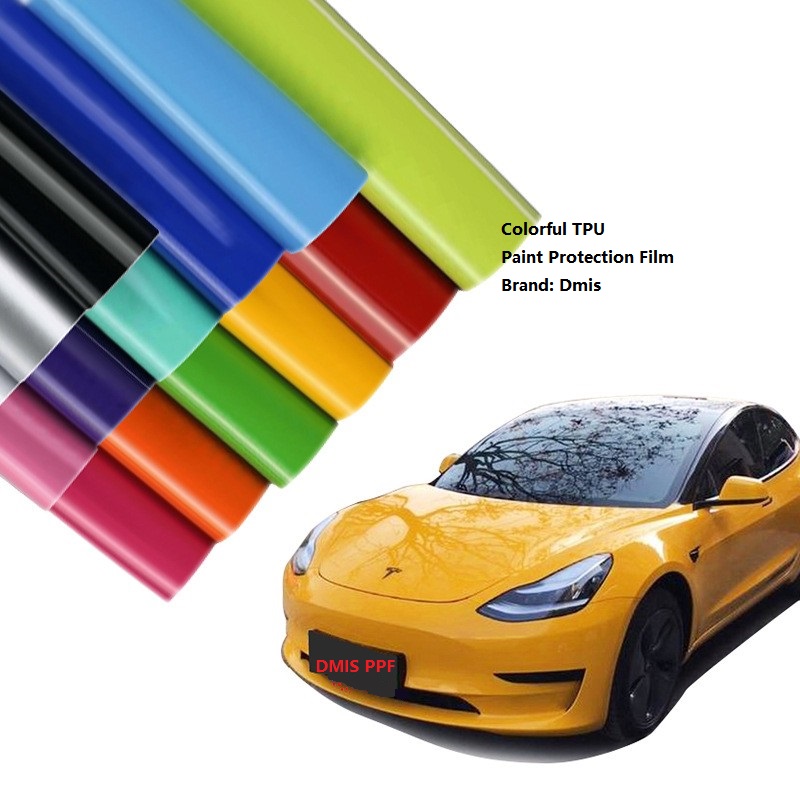What is car window film? Does it really works?
Window film, also known as car window film or car tint, is a film that is applied to the windows of a car. It not only enhances the appearance of the car, but also has multiple functions, such as protecting privacy, reducing UV radiation, and improving driving safety. This article will introduce the types, functions, installation process and actual effects of car window film in detail to help you better understand this car accessory.

1. Definition and classification of car window film
Car window film is made of a thin film, usually made of plastic or polyester material. These films are applied to the windows of the car to provide different degrees of shading effect, protection function and decorative effect. According to different needs and functions, car window film can be divided into the following categories:
Dyed Film: This film achieves shading effect by embedding dye into the film. Dyed films are mainly used to reduce direct sunlight, reduce the temperature inside the car, and protect privacy. Although their effect on heat insulation is limited, they are still a very popular choice due to their low cost.
Metalized Film: This film contains metal particles that can effectively reflect sunlight and infrared rays, thereby improving the heat insulation effect. Metalized film can not only reduce the heat in the car, but also enhance the durability of the film. However, metal film may affect signal reception, such as mobile phone signals and GPS signals.
Ceramic Film: This film uses nano-scale ceramic particles to effectively block ultraviolet rays and infrared rays while maintaining a high visible light transmittance. Ceramic films usually have good heat insulation and durability and are representatives of high-end car window films. Although they are more expensive, they usually have the best performance and the least side effects.
Hybrid Film: This film combines the advantages of dyed film and metalized film. They usually combine dyeing and metal technology in the inner layer of the film, thereby providing excellent heat insulation performance while maintaining good visual effects and signal reception.
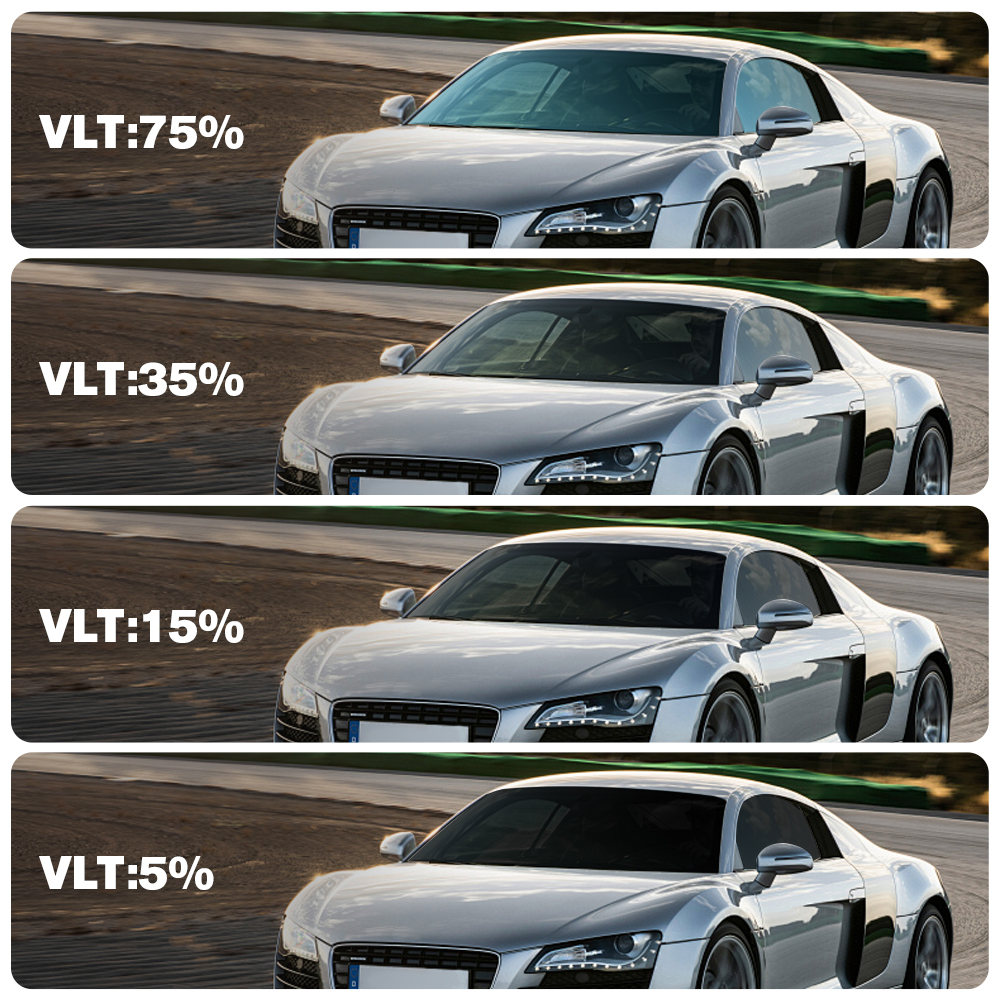
2. Functions and effects of car window films
Car window films are not just decorations, they have many practical functions:
Heat insulation: Car window films can effectively block heat from solar radiation and reduce the temperature inside the car. This not only improves driving comfort, but also reduces the use of air conditioning, thereby saving fuel.
UV protection: Window film can block more than 99% of harmful ultraviolet rays (UV), thereby protecting the skin of passengers in the car from UV damage, and can also reduce the fading of interior decorations and seats.
Privacy protection: Window film can improve the privacy protection function of windows, so that external vision cannot easily penetrate the car. This not only protects the privacy of people in the car, but also reduces the risk of theft.
Enhanced safety: Window film can make the window glass more impact-resistant, even in the event of collision or breakage, it can prevent fragments from flying and reduce harm to people in the car.
Reduce glare: Window film can effectively reduce the interference of strong light and glare, and improve driving comfort and safety.
Improve aesthetics: Window film can improve the appearance of the car and enhance the overall beauty. Different film types and colors can be selected according to personal preferences to increase the personalized effect of the car.
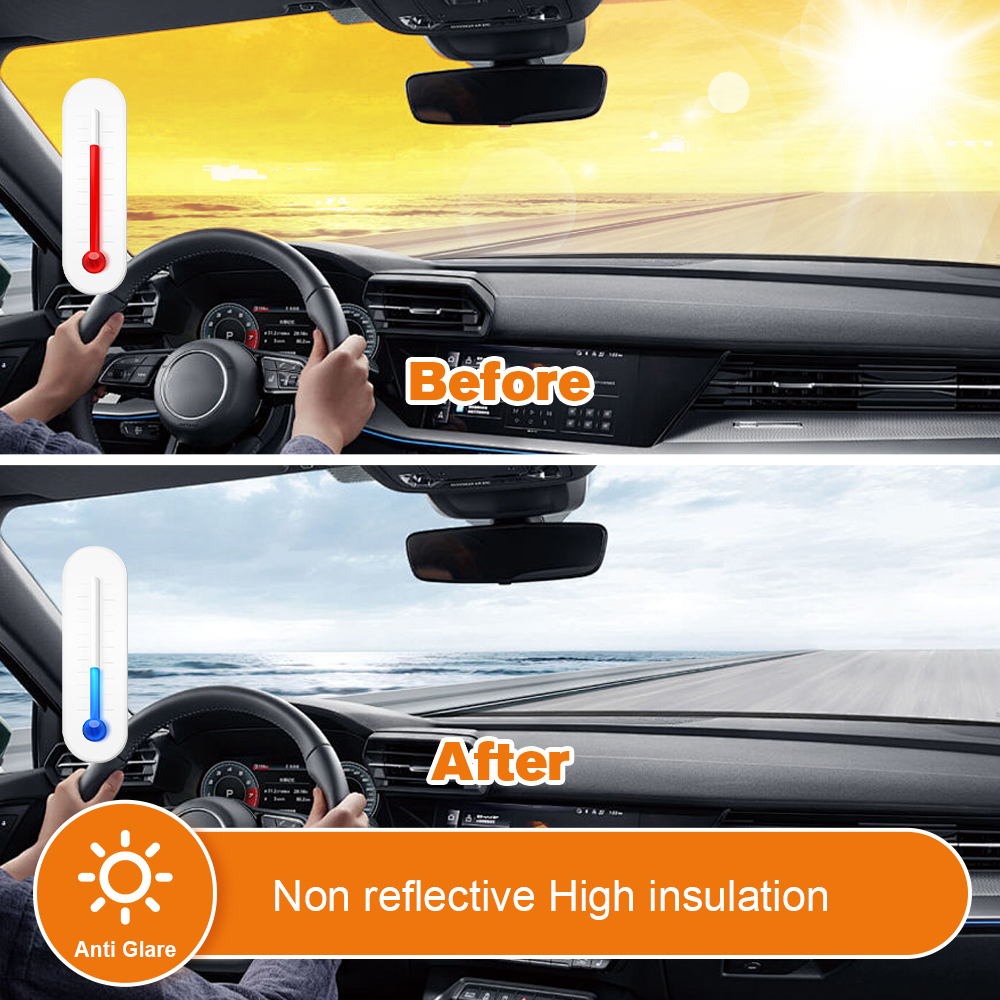
3. The installation process of car window film
The installation process of car window film usually includes the following steps:
Preparation: Before installing the car window film, you need to clean the surface of the window to ensure that there is no dust, dirt and grease. A clean window surface ensures the adhesion between the film and the glass.
Measurement and cutting: Cut the car window film to the appropriate size according to the size and shape of the car window. Usually, the film will be cut to a size slightly larger than the car window to allow for adjustment and trimming.
Spraying a water solution: Spray a layer of water solution on the car window, which will help the film slide on the window and prevent the formation of bubbles. The water solution also helps the film to better adhere to the glass surface.
Applying the film: Carefully apply the film to the window, ensuring that there are no bubbles and wrinkles between the film and the glass surface. Use a scraper or similar tool to scrape the film from the center to the edge to remove air and moisture.
Cutting the edge: Use a blade or scissors to trim the edge of the film to align it with the edge of the window. Make sure the edge is clean and neat to avoid affecting the appearance and function.
Drying and curing: After the film is applied, you need to wait for a while for the film to completely dry and cure. Usually, this process takes a few days to ensure that the film is bonded to the best condition.
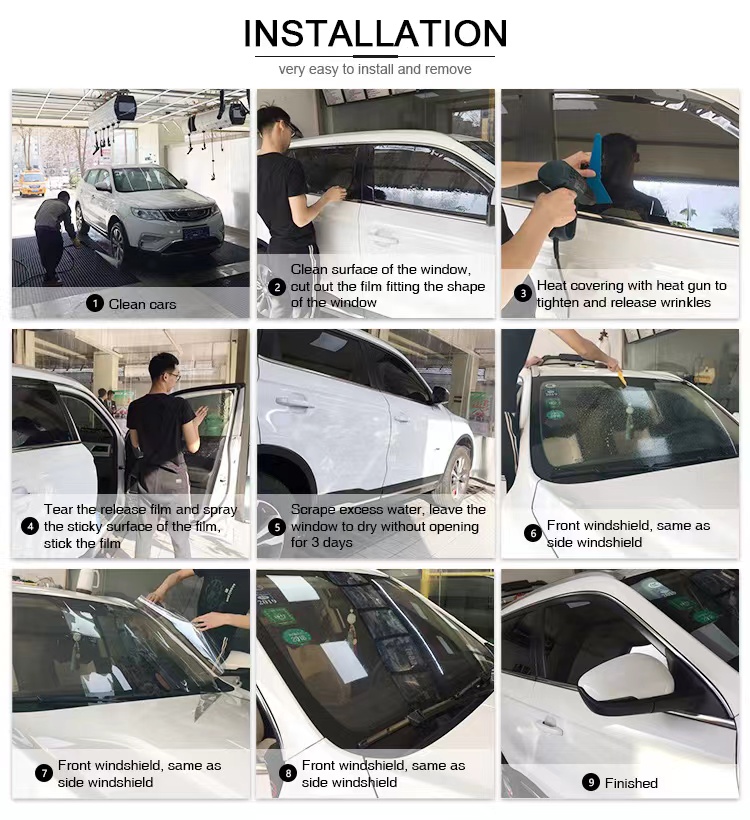
4. Maintenance and care of car window film
Proper maintenance and care can extend the life of the car window film and maintain its good effect. Here are some maintenance suggestions:
Avoid washing the car immediately: In the first few days after the film is applied, it is best to avoid washing the car or using any chemical cleaners to avoid affecting the bonding effect of the film.
Use soft cleaning tools: When cleaning the car windows, use a soft cloth or sponge to avoid scratching the surface of the film. Avoid using hard brushes or detergents containing particles.
Regular inspection: Check the condition of the car window film regularly to ensure that there is no bubbling, wrinkling or peeling. If any problems are found, they should be repaired in time.
Avoid high temperatures and chemicals: Try to avoid exposing the car window film to high temperatures, such as long-term direct sunlight. In addition, avoid contact with chemicals to avoid damage to the material of the film.
5. Laws and regulations for car window film
Different regions have different laws and regulations on the use of car window film. Some regions have strict regulations on the transmittance and reflectivity of window films to ensure driving safety. Therefore, it is very important to understand local laws and regulations before installing window films. Make sure that the selected window film complies with relevant regulations to avoid being punished for violations.
6. Market Trends and Prospects of Window Films
With the advancement of technology and changes in consumer demand, the window film market is also developing. In recent years, with the popularity of high-performance films (such as ceramic films), the window film market is moving towards high-end and personalized directions. In addition, the increasing awareness of environmental protection and energy saving has also promoted the technological progress of window films, such as more efficient insulation materials and more environmentally friendly production processes.
Window film is a versatile automotive accessory that can provide car owners with many benefits such as privacy protection, heat insulation, UV protection, and enhanced safety. By understanding different types of window films, installation processes, maintenance and laws and regulations, you can better choose and use window films and enhance your driving experience. Although the initial investment of window films may be high, the comfort and practicality they bring are undoubtedly worth it. I hope that the introduction in this article can help you make a wise choice and make your car more personalized and comfortable.
About Us


